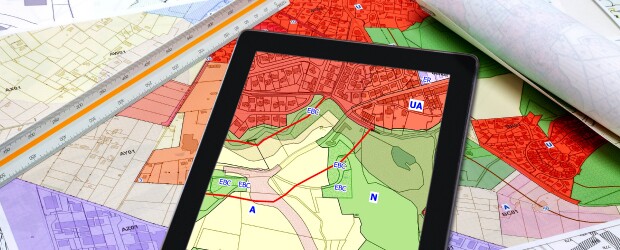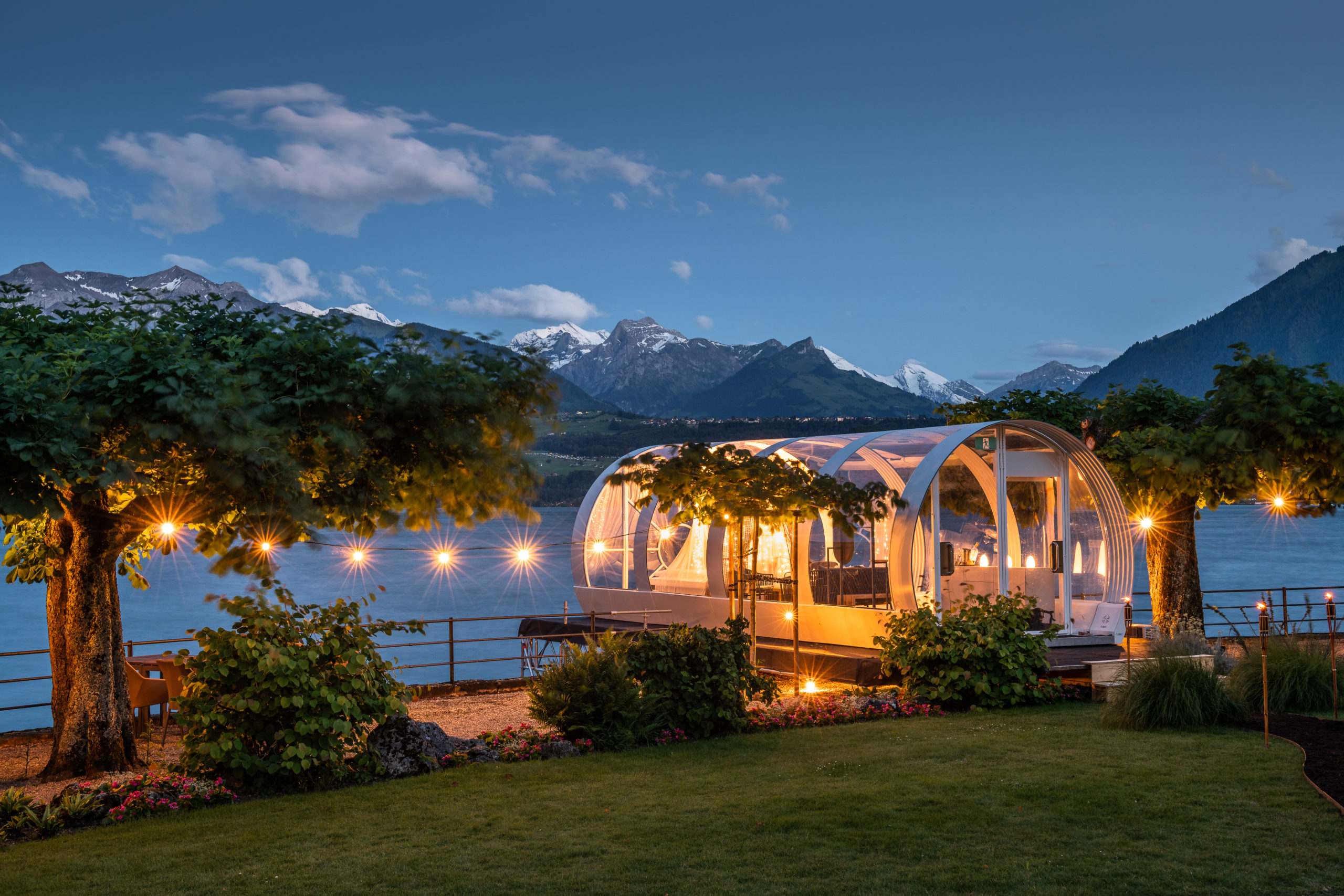Ahh, zoning. It’s far from the most exciting part about starting a glamping business. It can cause headaches, delays, and it sometimes even kills a glamping project before it can begin.
As much as we might like to pretend the zoning system doesn’t exist, unfortunately, it does. And it’s vitally important to have a thorough understanding of how it works and how it applies to glamping developments before spending too much time or money on your project. We’ve heard horror stories of people spending their life savings on land for a glampground, only to find out their local zoning laws prohibit tourism operations.
A simple bit of due diligence can prevent nightmare scenarios like this, and we’re here to teach you the fundamentals. So, without further ado, here’s Zoning for Glamping 101…
Need glamping structures? We have some of the best glamping tents and domes for sale in North America. Want to know more? Download our brochure here.

What Is Zoning?
The Oxford Dictionary defines “zoning” as follows:
The regulation of land use by particular planning restrictions in designated areas.
This is a bit vague, so here’s our simple explanation:
Zoning is a planning system implemented by counties, municipalities, cities and townships (herein referred to as “jurisdictions”) which regulates developments to ensure land is used for purposes that are appropriate for a particular area. To do this, the jurisdiction divides land into “zoning districts”. These zoning districts are named according to how the county expects the land within that district to be used. Common zoning districts include agricultural districts, residential districts and industrial districts.
The rules dictating land use within zoning districts are encoded in sets of regulations called a zoning code. Each jurisdiction has its own zoning code, and it’s within the code that the permitted uses for each zoning district are listed.
Permitted uses are the specific types of developments and operations that a jurisdiction will allow on properties within a particular zoning district. For example, you can expect farming-related activities in agricultural districts, while residential districts will likely allow for housing developments.
Permitted uses, both in type and interpretation, vary across jurisdictions. Anything not listed as a permitted use makes it difficult to develop for that purpose on the land. For example, a typical zoning code would not list multi-storey apartment developments as a permitted use in an agricultural district. Any application made for such a development in the agricultural district would be swiftly refused. While there’s typically room for some negotiation when applying to develop, the development must generally match a pre-existing use in the code.
Note: Some jurisdictions don’t employ a zoning system. This is particularly common in rural counties in the south and small townships in the east. This removes a layer of complication when starting a glamping business, but you may still need to comply with building codes, conduct environmental studies, etc.
Zoning for Glamping – How Does the Zoning System Apply to Glamping Developments?
In general, zoning for glamping businesses is no different to any other type of development. However, there is one major complication.
Most zoning codes were written 5, 10 or even 20 years ago. Given glamping is such a modern phenomenon, it very rarely features in zoning codes. If you’re looking for glamping in the list of permitted uses for any given zoning district, you’re likely to be disappointed.
How, then, do glamping developments gain approval when they’re not listed as permitted uses in the vast majority of zoning codes?
Thankfully, most jurisdictions allow for some degree of flexibility when interpreting their codes. While glamping may be absent from most codes, campgrounds are almost always included. Other similar uses include tourist accommodation, RV parks, resorts and retreats. Every zoning code is different, but there will usually be at least one use type that’s worth exploring.
That being said, if you do see campgrounds or other similar use types permitted in your zoning district, don’t get too ahead of yourself. There’s no guarantee that a glamping project would qualify under this use type. It all depends on how the use is defined, the specifics of your particular project, the jurisdiction’s attitude towards development and more.
How Do I Find Out if I Have the Right Zoning for Glamping?
There are a number of different ways of figuring out whether you have the correct zoning for a glamping development, but here’s how it generally goes:
- Identify the county, municipality, city or township that your property falls within
- Identify the zoning district your property is assigned to
- Pull up the zoning code and look through the uses that are allowed (either outright or subject to a permit) within your zoning district. Identify the ones that look promising (e.g. campground), and note what kind of permits are required to gain approval for these uses
- Go to the “definitions” section of the zoning code to see how these uses are defined by your jurisdiction
- Compare the most suitable use’s definition to your proposed project and get a feel for whether you might qualify under that use
- Speak to the county to clarify any questions you have from reading the code and to confirm that the project is viable
- Begin the permitting process
Our partners, Glampitect North America, have produced an extensive guide on figuring out if you have the correct zoning, which goes into more detail on the process above. To learn more, check out their guide to zoning for glamping.
You can expedite this process by going straight to your jurisdiction and asking them if your project would be allowed on your property. However, we recommend arming yourself with knowledge on the zoning code and how it applies to your project before going into any meetings. Without this knowledge, it’s easier to be dismissed by planners who may not want your case added to their workload, and knowing the code generally leads to more productive discussions anyway.
Many jurisdictions offer pre-application meetings, where you can discuss your project with officials, who may send your plans to various departments to get their input. This can be immensely valuable, but it often requires at least a sketch plan of your site layout, and sometimes a submission fee. Naturally, you’ll want to know if you have at least some chance of approval prior to spending money and time on this stage of the project, so a quick skim of the code beforehand is recommended.
Need Glamping Structures? We’ve Got You Covered

We hope you’ve found this guide useful. At EJH Distribution, we supply a variety of year-round, luxury glamping structures, as well as smaller seasonal structures. If you’d like to see our full range of products, you can download our brochure here.




